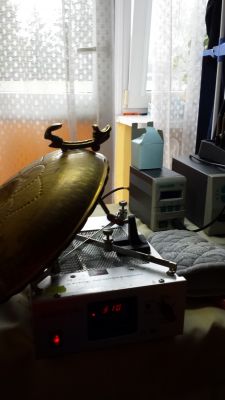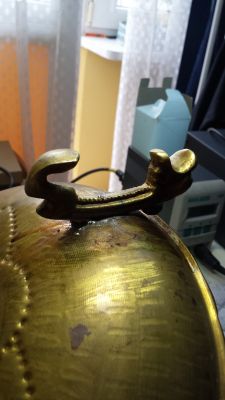In my opinion, you do not approach this correctly. In fact, the temperature on the display is not important and ... time

. The tip of the station is subjected to so much variable during soldering that you are not able to give the exact temperature. In the case of soldering capacitors on the motherboard, liquefaction should take place in less than a few seconds. As several of them are 5

.
You touch the solder pole and see if the heat flows at the right speed and the tip is not too cold. How do you put a cave and you will only create a hollow in the foot and the rest, if you think about it yourself, do you have arms and legs? The heat is to be so much that the melt liquefaction occurs in a given time. Good stations not only keep the temperature well but have a heating part made with specific tolerances, so the actual temperature on the grotto, not on the heater where it is usually measured, has a stable value and therefore the use of this equipment does not cause frustration attacks.
Too high temperature, i.e. heating of the soldering field "in one moment" is also not too good because it causes damage to the vias and generally the PCB laminate.
That's why soldering is the same skill as learned calligraphy

.





